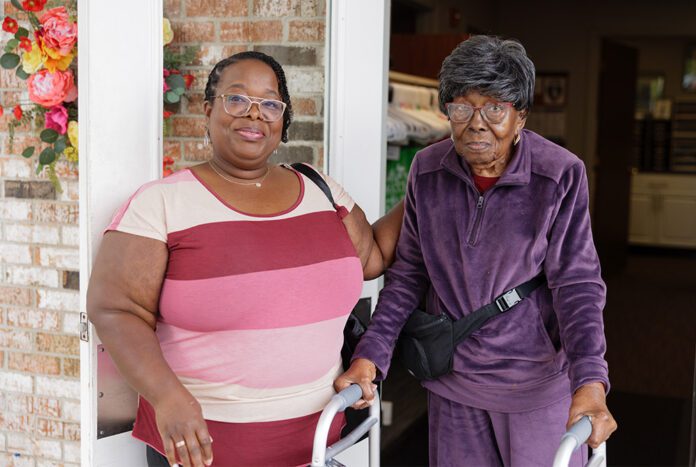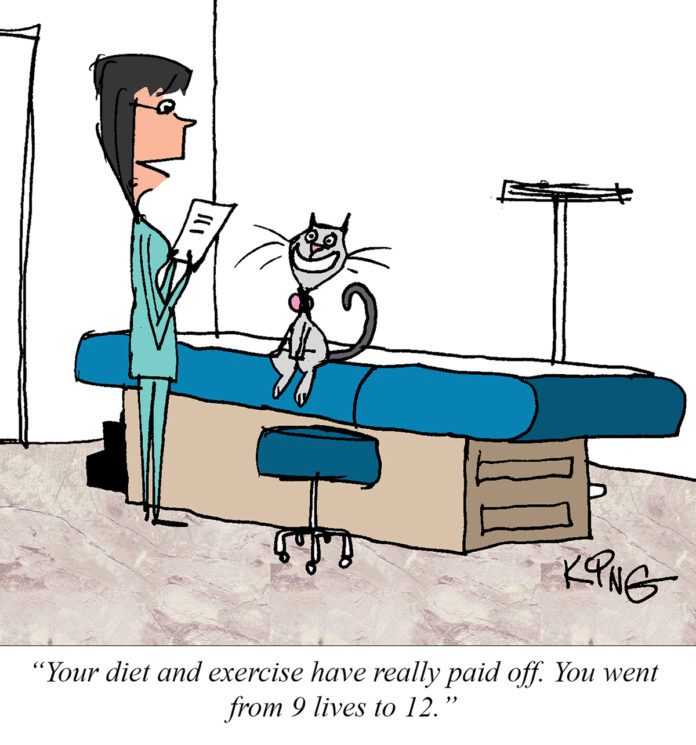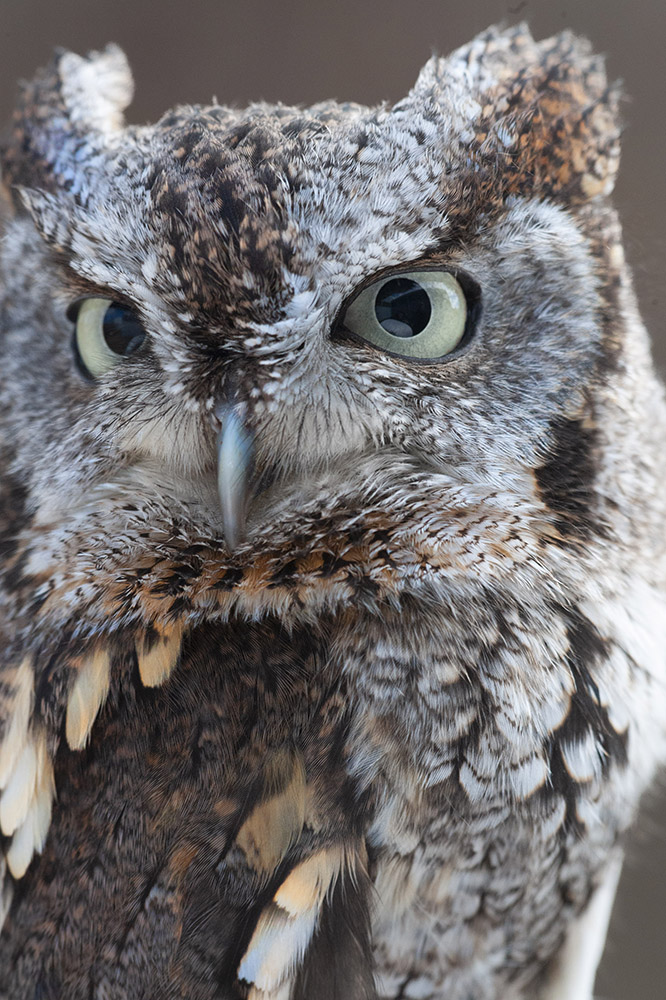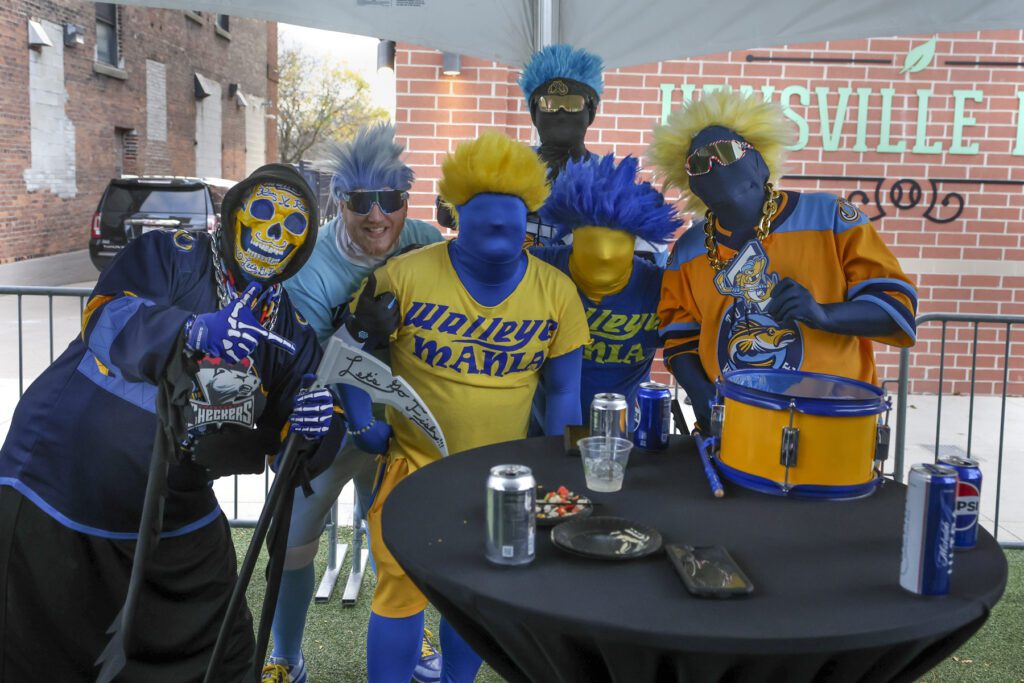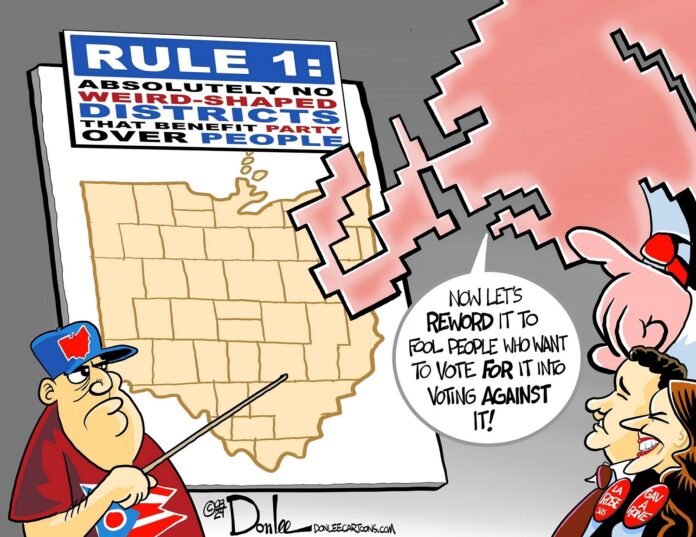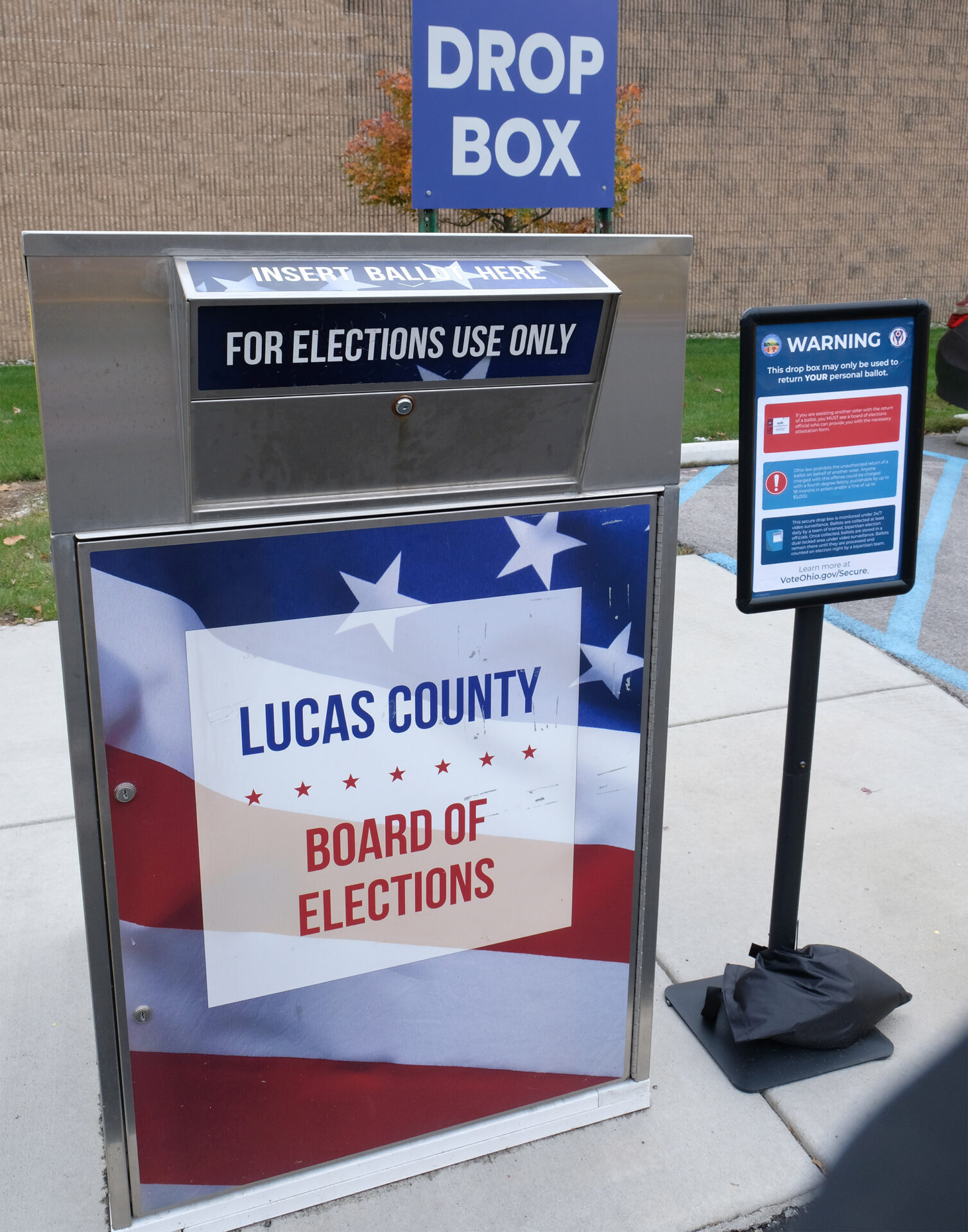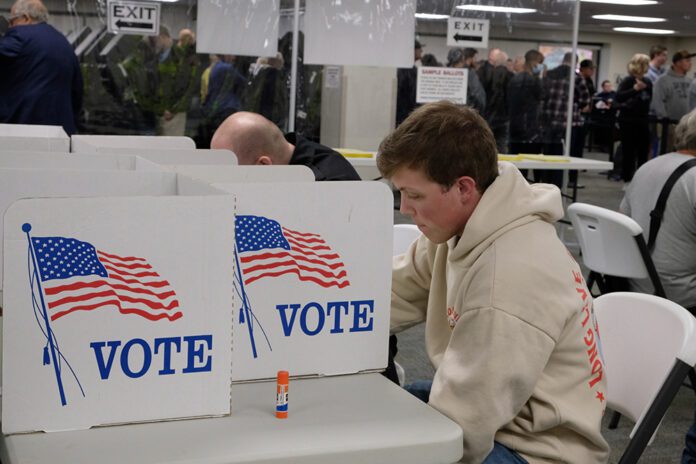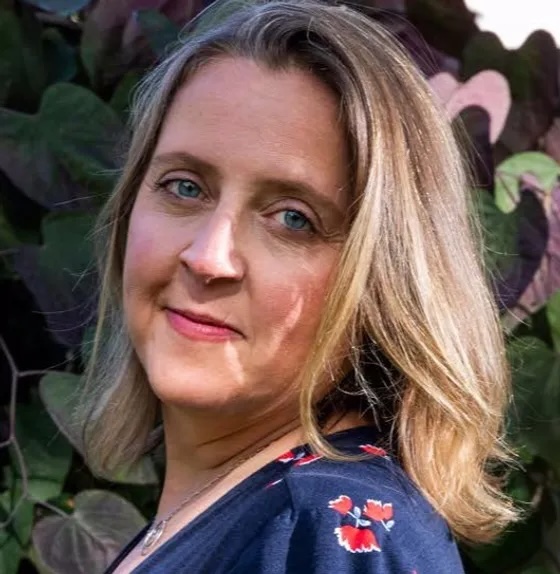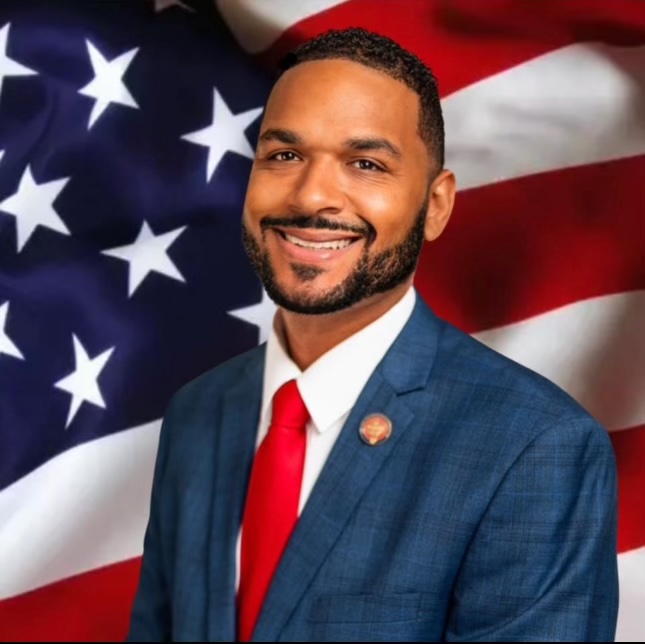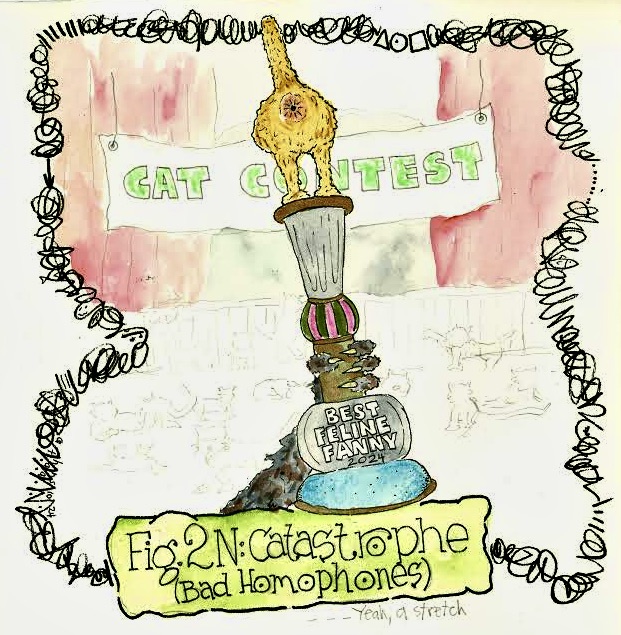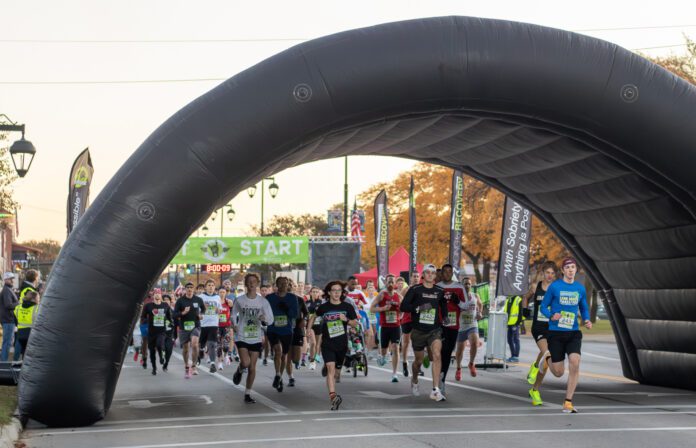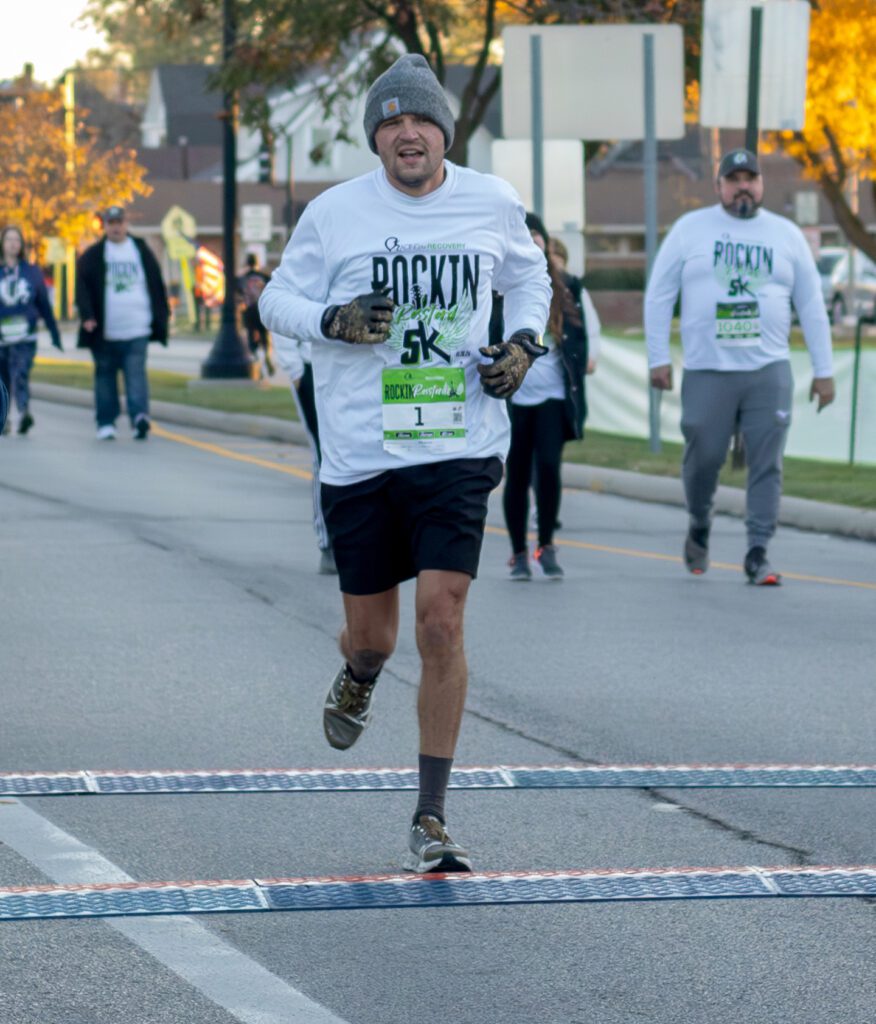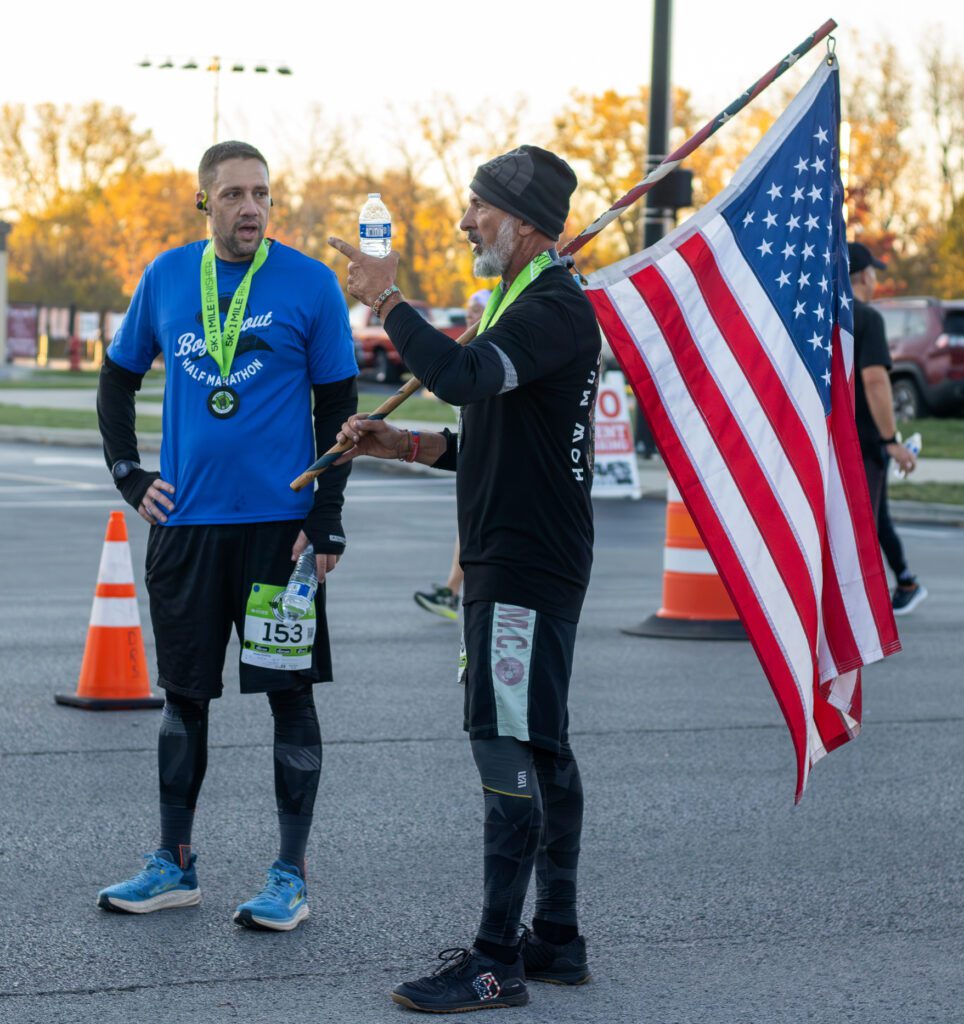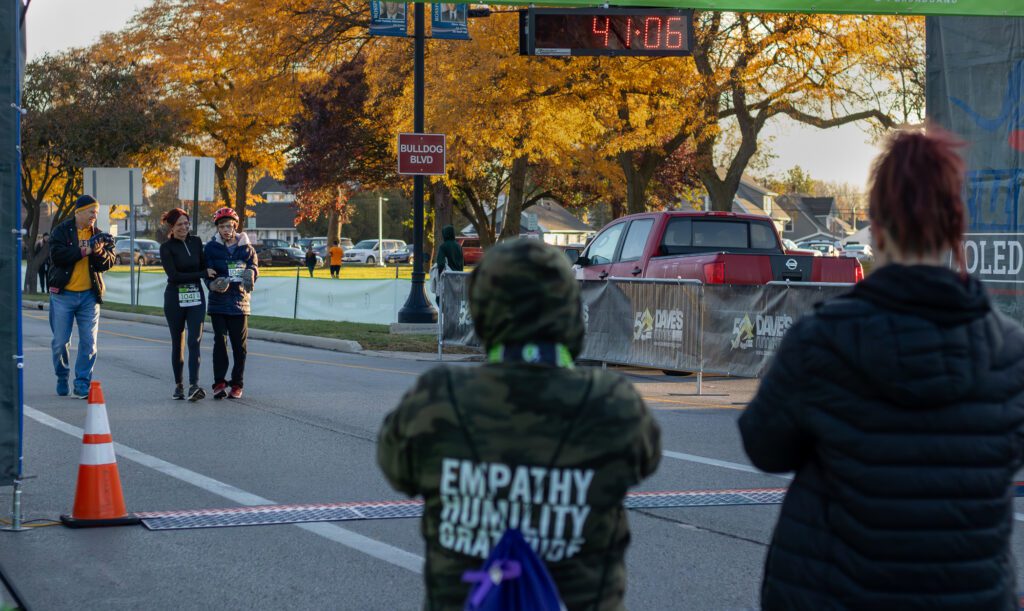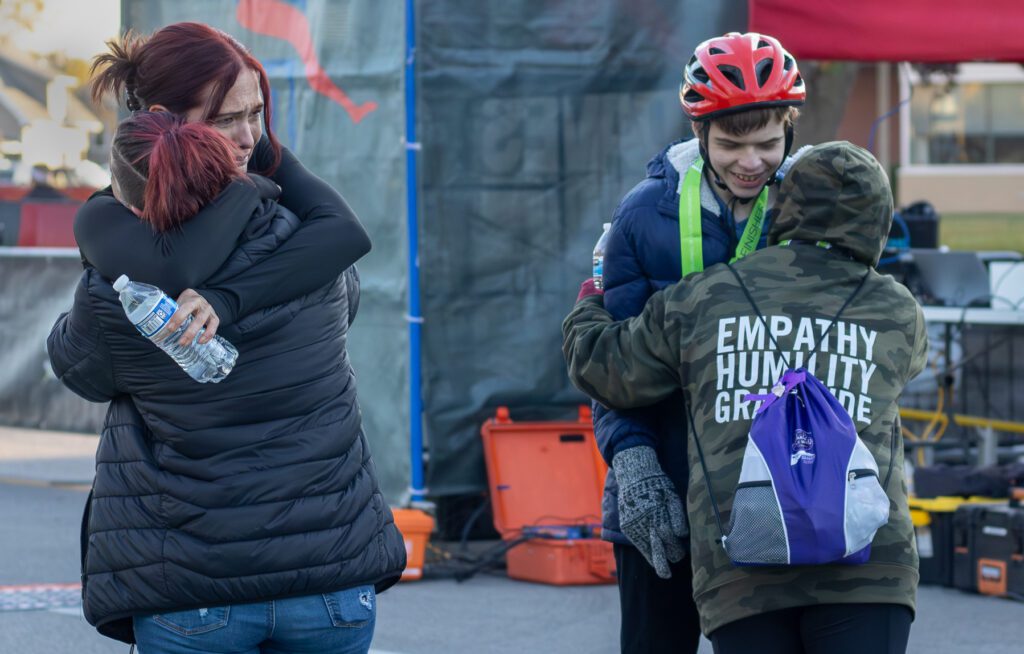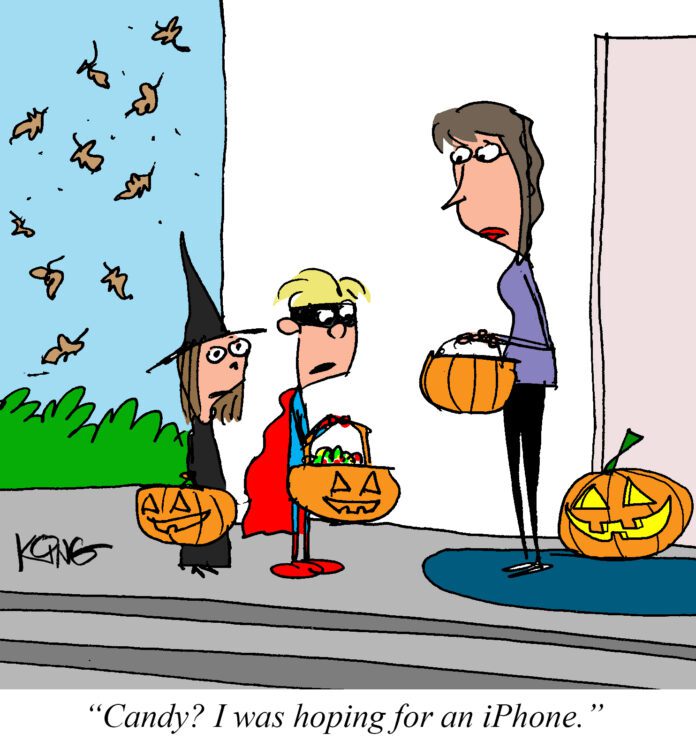AOoA offers tips for aging parent caregivers
TOLEDO – Stephanie spends most afternoons at her dad’s house, cleaning up, organizing his medications and simply spending time with him. Michael picks up his mom’s prescriptions and groceries, while Sarah is taking care of her sister until she recovers from a recent surgery.
Stephanie, Michael and Sarah may be handling very different chores, but they have much in common: All are probably helping out while working full time jobs; they’re going through the emotional stress of caring for a loved one; and they’re often handling most financial responsibilities themselves.
They’re all caregivers, and they’re likely doing all of this without any outside help. There are an estimated 53 million adults (more than 1 in 5 Americans) who are unpaid caregivers to a loved one, according to a 2020 study from AARP and the National Alliance for Caregiving.
A potential solution would be to hire professional in-home caregivers or use outside facilities. But a long-term trend in the home health industry predicts a significant labor shortage among caregivers and nurses.
According to the U.S. Bureau of Labor Statistics, 1 million new home health and personal care aide jobs will be open by 2031. And despite recent increases in home healthcare workers’ pay, the labor shortages should continue.
Planning in advance
Justin Moor, president/CEO of the Area Office on Aging (AOoA) of Northwestern Ohio, recommends that caregivers contact AOoA when they’re first beginning to assist a loved one (over 60 years old).
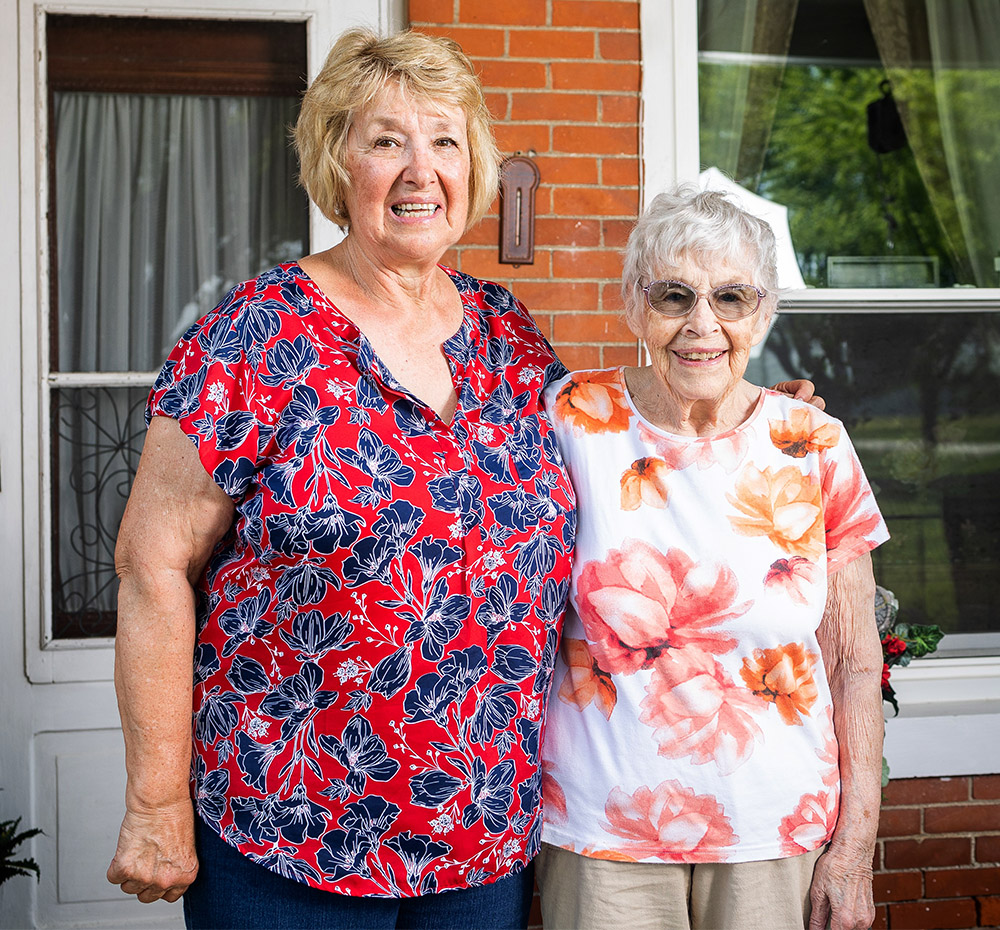
“Our social workers can visit families as a whole, or individually with the caregiver and the patient,” he said. “In that way, we can assess the current situation, and we’ll be ready to provide services whenever they’re needed.”
Short-term services include adult day care (through centers around the area), caregiver break times through the AmeriCorp Senior Program in your home, providing transportation of all types, among others.
Issue 29 on the Nov. 5 election ballot is a 1.0 mill renewal that would provide $8,148,000 annually to provide or maintain senior citizens services and programs. Many of AOoA’s programs are funded by this measure.
“A temporary break from caregiver services can be critical to well-being,” said Moor. “Caregivers most often forget to take care of themselves. This work is extremely important, but they don’t have to do it alone.”
He compares it to the instructions we all remember from taking a flight – put the mask on yourself before putting it on someone else. In addition to the short-term programs for adults, AOoA provides a range of counseling programs and support groups for caregivers, so they can focus on self-care.
Changing the narrative
According to Moor, caregiving was a very black and white conversation – either family provided it or paid services were called in.
“Here in Lucas County, the Area Office is entering that gray area,” by offering healthcare programs directly to caregivers, to help alleviate the estimated 22 hours per week caregivers provide, he said. AOoA is looking to reach caregivers in three “easy” steps:
#1 – We’re talking to you.
“Family members think caregiving has to be on their shoulders, but it doesn’t,” he said. “AOoA can supplement the care you’re providing. We want to be your care partner, because the result is better care for your loved ones.”
#2 – We feel your pain. Moor explained that any level of caregiving comes with stress:
- The emotional toll of the changes taking place in your family, concern about your loved one’s illness and uncertainty of the support you can provide
- The physical toll of the actual, long-term care of a loved one
- The financial toll of handling caregiving out-of-pocket
#3 – We can help. The AOoA provides a full range of programs for caregivers, from offering a temporary break or daycare in the short term, to longterm assistance and support programs.
But Moor says that while “better decisions are made when there’s no emergency, most caregivers come to us later than they should” to arrange for services.
Changing caregiving in the future
AOoA is working through the federal Older Americans Act to offer services, like drop-in day care, exercise, massage, counseling and support groups through some of the region’s 45 senior centers. These programs should be available within the next two years.
In Ohio, Medicaid and the Veterans’ Administration offer programs to pay family members to provide specific care programs to their loved ones. In addition, the AOoA and Lucas County Commission in Toledo, and Principle Business Enterprises in Bowling Green are joining together to survey their employees about caregiver challenges and awareness of available services. That survey and its recommendations should be complete in early 2025.
In the meantime, learn more about caregiver services from AOoA by calling 419.382.0624.

